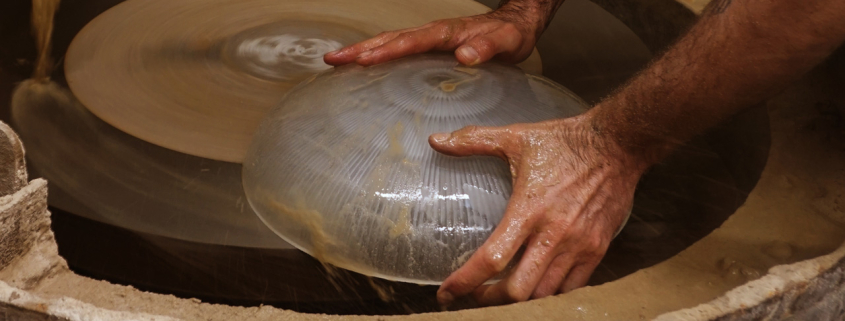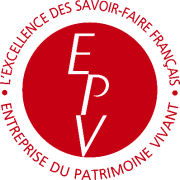Light as an obsession
An article by Elsa Cau – Photos by Nicolas Melemis for Geste/s magazine.
Born of the Art Deco movement and a perfect illustration of its pure, timeless forms and precious elegance, Jean Perzel has just celebrated its centenary. In the workshop-showroom in the 14th arrondissement of Paris, run by Olivier Raidt, grand-nephew of the first master, time has stood still. But not the orders, nor the know-how of excellence.
Unchanged since 1931, the Atelier Jean Perzel is nestled in an Art Deco building designed that year by architect Michel Roux-Spitz at the request of the owner. Here, glassmakers and bronziers perpetuate a century-old know-how. Here, a dozen or so of them reproduce a corpus of precise, sensitive gestures.
Sensitive, because you have to “become one with the object and with the machine“, in the words of one of them and, unlike in workshops where each stage of manufacture is devolved to a craftsman, each is trained to execute several gestures with precision, moving from glass to metal work with the same dexterity. This know-how is passed on to the young workers over a period of several years by the oldest members of the workshop and, as in the old days, one spends one’s entire career here, “a whole life“, we are told.
Examining different luminaires, one is struck by the gentle yet intense radiance that emanates from them. “Jean Perzel was the forerunner of modern lighting. He conceived the true comfort of lighting, a powerful light, but one that neither blinds nor tires the eye,” emphasizes his grand-nephew, Olivier Raidt. How is such a result achieved? “The inside of our fixtures must reflect the light. All non-visible parts are lacquered white to reflect light optimally“, he reveals. A step that takes place right from the start of the manufacture of the luminaires, which are designed entirely on site, in the family’s Paris workshop.
Lighting manufacture: a meticulous art
Here, all types of lighting support are proposed: wall lights, floor lamps, pendants and chandeliers… It takes at least forty hours for a wall light – the most streamlined piece requiring the least amount of material other than glass – and up to a hundred and fifty for the most delicate creations. Paradoxically, working time is not proportional to the size of the parts: a lamp, for example, can sometimes require many more working hours than a floor lamp.
This long manufacturing time is explained by the multitude of tiny metal parts to be made, turned – using a knife, what will constitute the final revolutionary part, i.e. screws, nuts etc., is taken directly from a metal bar – braze (weld), polish, tap (drill) then assemble on the skeleton, thus considerably increasing the working time of the craftsmen.
“For certain pieces, such as a large chandelier with few bronze or brass finishes, the manufacturing time can be divided by three,” continues Raidt. It’s the complexity of the fixture that does the work, not its volume. And, of course, the more time spent on a piece, the higher its price. We’re craftsmen and we work by hand, by the unit.“
Gestures & Savoir-faire: from raw materials to works of art
So, it all starts with the raw material.
Large sheets and tubes of brass and bronze, optical glass in various thicknesses, which is cut and diamond-cut by hand. The piece of glass is then shaped using two possible techniques: cast glass or pressed glass – the glass is poured in molten form into a metal mold, then pressed inside to match the relief of the template – or in a 900-degree oven, in which the glass plates take shape around a mold.
For example, cast glass is used for outdoor lighting fixtures, while some glass sheets are lined from the outset with a white hot-stretch enamel that is permanently bonded to the glass, regardless of the operations that affect it. The formed glass is then sandblasted. Fully protected by a suit, the craftsman frosts the rough, transparent glass to obtain an opaque effect by projecting particles of sand at high speed.
The final stage: polishing. A mixture of water and silica sand flows over a large rotating grinding wheel. A mixture of water and silica sand is poured onto a large, rotating grinding wheel, completing the shaping of the glass, which the craftsman holds against it.
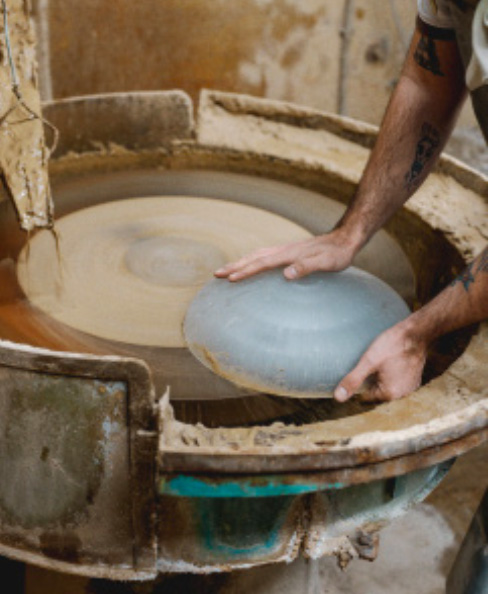
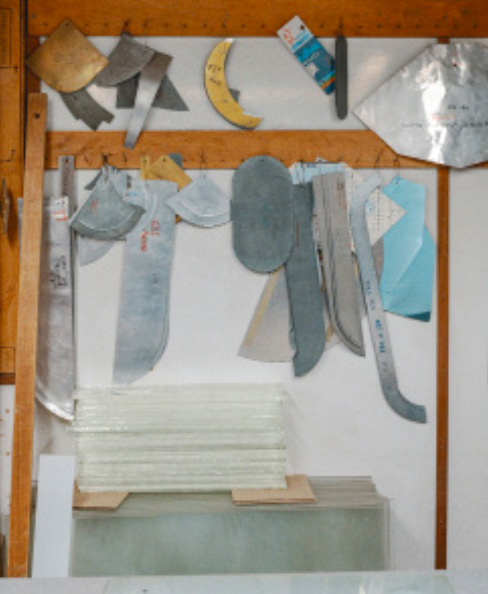
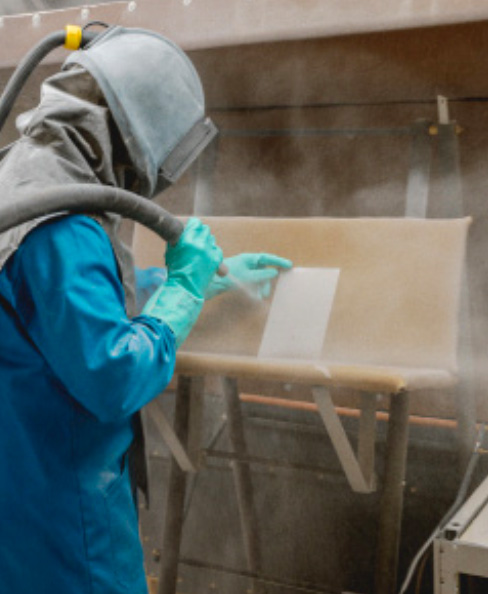
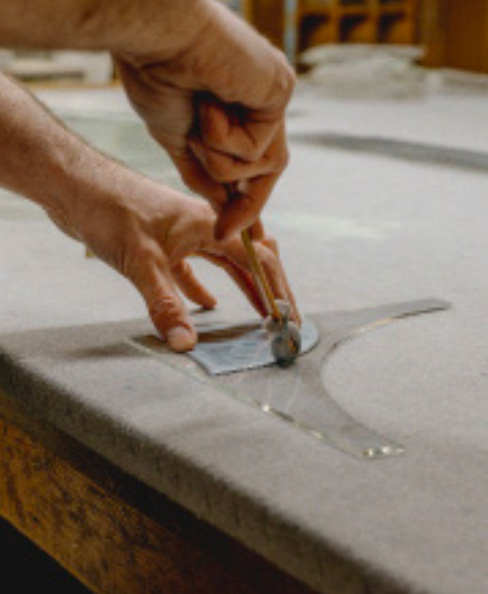
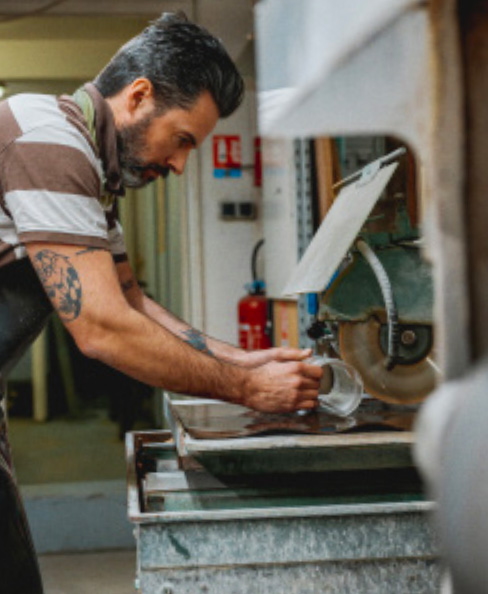
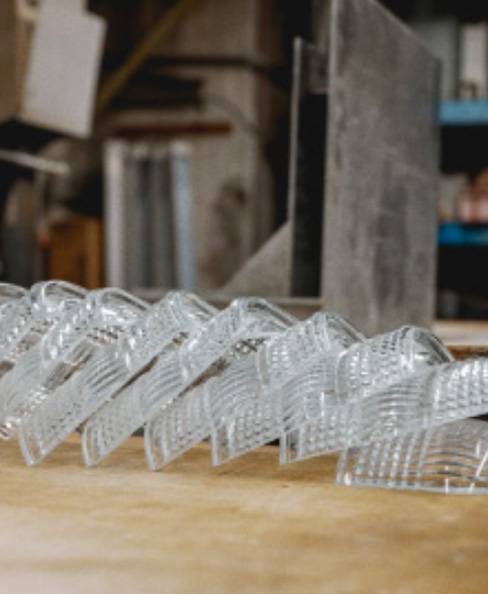
Photos: The glass is polished using the lapidary, a century-old machine, the oldest in the workshop. Here, nothing is wasted: all offcuts are preserved and used to restore or complete old and new pieces. Protected by a suit, the craftsman frosts the rough, transparent glass to obtain an opaque effect by projecting sand particles at high speed. The glass is then cut and diamond-cut by hand, using a glass-cutting diamond. The glass used is optical glass, as in the eyewear industry, which the company procures in sheets of various thicknesses before undergoing numerous stages of transformation.
Next comes metalworking. Craftsmen make all the elements of a piece “including small screws and bolts, exactly as in watchmaking“. Each metal part, whether decorative or functional, is band-sawed and worked in isolation by the craftsman before being brazed together, then sanded and polished. The result: infinite precision and real quality in the final object. Not to mention the ease of disassembly, unscrewing and reassembly guaranteed ad vitam by this case-by-case treatment. As a result, Perzel’s workshop can regularly restore old pieces that have become collector’s items.
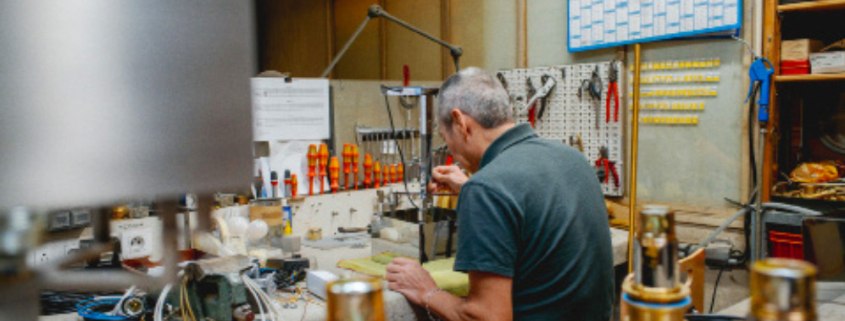
Shaping, embossing – cold-forming involving regular hammer blows on a die, which itself imparts a relief to the metal part being worked – and tapping: the metal skeleton of the parts takes shape in the hands of the bronze fitters. Other elements are hot-pressed by hand on a machine with arms able to accommodate various mandrels – parts located at the end of a rotating machine, enabling the rapid attachment of a machining tool – and wooden counter-forms: the metal sheet is held in place by hand to give it the desired shape.
These methods, unchanged since the very beginning, contribute to the delicate tailoring of each finished luminaire, which is stamped with the “JPerzel” hallmark just before polishing and a light protective varnish. After final assembly, the piece is electrified, the lenses are fitted and the fixture is readjusted. How many operations are required to manufacture a piece? “They are incalculable,” says Olivier Raidt. “You have to imagine that we’re starting from a blank page. Everything has to be made, from the tiniest screw to the shaped glass, including the brass skeleton and its decoration.“
As well as being manufactured in-house, each luminaire is constantly evolving. For example, Art Deco pendant models are sometimes transformed into chandeliers to fit in with contemporary interiors, certain gauges evolve according to the needs of the time, and brass structures are treated using contemporary processes with an unalterable finish.
But iconic models aren’t the only ones in the catalog. Like his father and great-uncle, Olivier Raidt designs and creates new models.
“We have nearly 8,000 references and don’t publish a catalog every year, but rather every ten or twenty years. We think in terms of unique parts: when a customer has a problem, we create the part he needs. This happens between three and five times a year, and can mean modifying an existing model or inventing a new one. However, this new reference will not necessarily be included in our catalog.
Everything is centralized here, with a showroom and workshop, where 600 pieces a year are made, 60% for private customers and 40% for export, mainly to the USA.
Already, in their day, Jean Perzel and then his nephew François Raidt counted among their customers the King of the Belgians, the Rothschilds, the Maharajah of Indore, Luxembourg Cathedral, Henry Ford, General de Gaulle, the King of Siam and Georges Pompidou.
Three generations later, excellence is maintained in this house distinguished by the label Entreprise du patrimoine vivant.
Find the full article in the Spring 2024 Geste/s magazine or on our press review.
A big thank you to Elsa Cau and Nicolas Melemis for this feature story!

